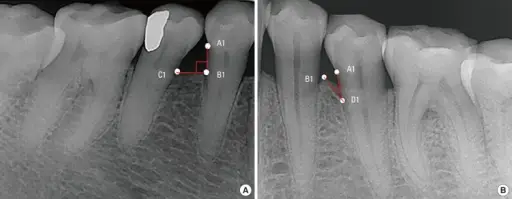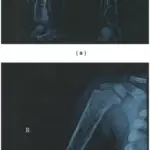Osteopenia is a decrease in bone mineral density below normal reference values, yet not low enough to meet the diagnostic criteria to be considered osteoporotic.
What is the Pathology of Osteopenia?
The pathology of osteopenia is:
-Etiology: The etiology of osteopenia is aging.
-Genes involved: There are no genetic factors involved in osteopenia.
-Pathogenesis: The sequence of events that lead to osteopenia occurs secondary to uncoupling of osteoclast-osteoblast activity, resulting in a quantitative decrease in bone mass.
How does Osteopenia Present?
Patients with osteopenia typically affect females 4 times more than males present in the post-menopausal age group. The symptoms, features, and clinical findings associated with osteopenia are not appreciable, except for an increased propensity of getting fractures in severe cases.
How is Osteopenia Diagnosed?
Osteopenia is diagnosed by the DXA scans.
How is Osteopenia Treated?
Osteopenia is treated with calcium supplements, a healthy diet, and exercise.
What is the Prognosis of Osteopenia?
The prognosis of osteopenia is good if diet and exercise recommendations are followed.



